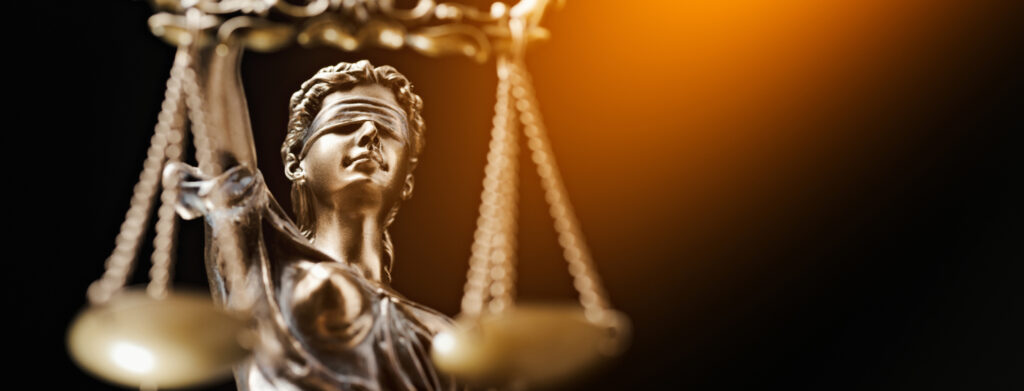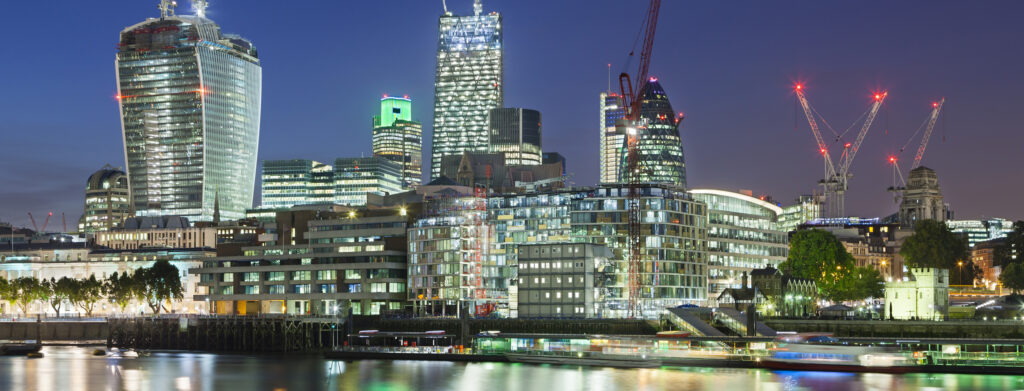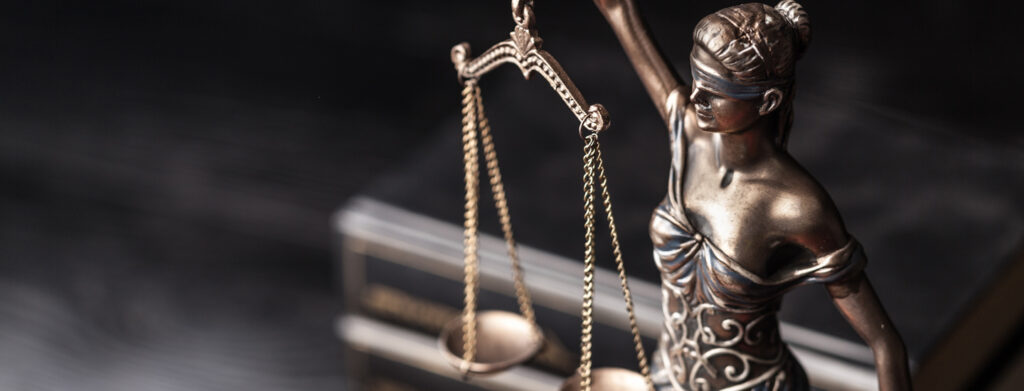Wrongful Dismissal – The Ultimate Legal Guide
If an employer does not follow the correct procedures when dismissing an employee, they may face a claim of wrongful dismissal and a potentially large compensation payout. Most commonly, wrongful dismissal involves sacking an employee without notice and without payment in lieu of notice. Employment termination can be complex and challenging, and understanding your rights […]
Wrongful Dismissal – The Ultimate Legal Guide Read More »









